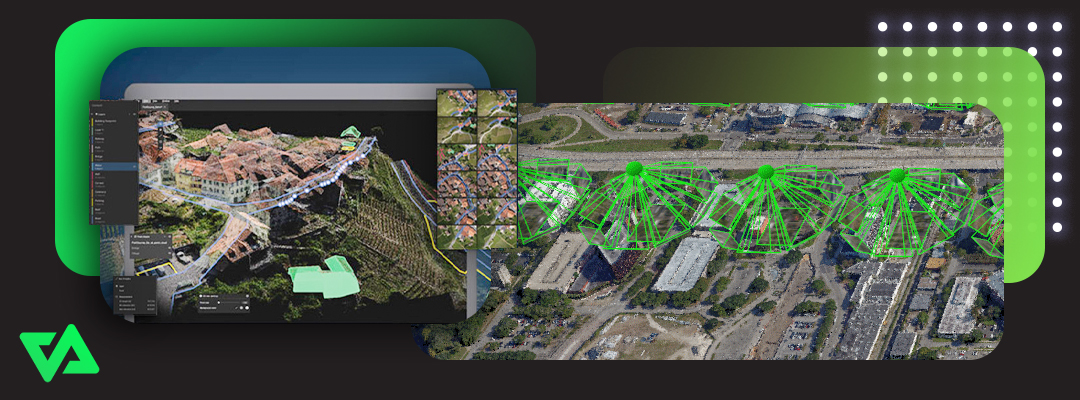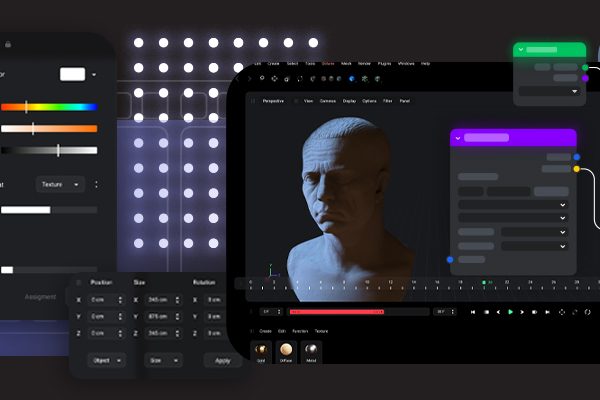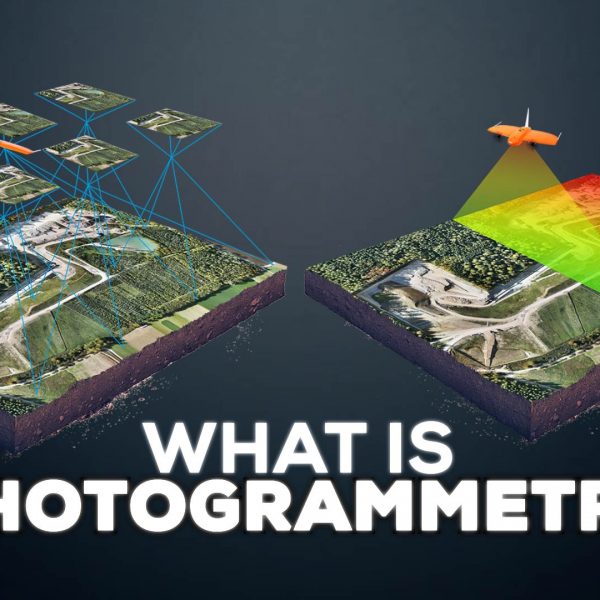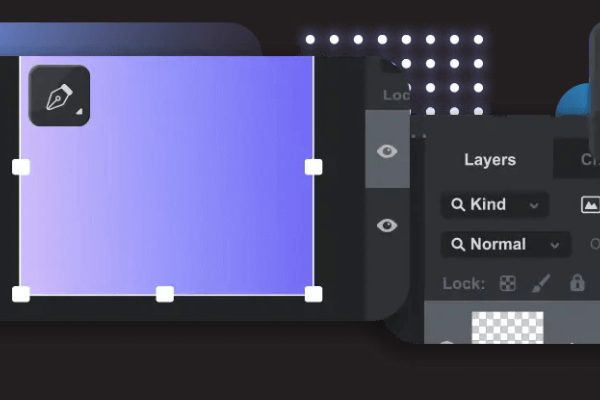The utilization of the CPU by Pix4D in each processing step is different. Although Pix4D is able to make use of multiple CPU cores to a moderate extent, the clock speed is also an important factor in its performance.
In order to determine the best processor for Pix4D, it is important to consider the specifics of your projects.
CPU Requirements for Pix4D
For small projects, the Initial Processing step is a significant portion of the total processing time and benefits from high clock speed. However, in larger projects, this step may only account for a small portion of the total processing time.
On the other hand, the Point Cloud and Mesh step utilizes all CPU cores and places more emphasis on core count rather than clock speed. If you are working with maps, the DSM, Ortho, and Index step falls between the first two steps in terms of its CPU utilization, with core count still being important but the effective use of cores being more limited.
For the best performance in Pix4D, the type of CPU you choose will depend on the nature of your projects. For example, if you are working with smaller maps (under 500 images), the Intel Core i9 13900K 24 Core is the top-performing processor according to benchmarks.
If you are working with larger maps, the AMD Threadripper PRO 5975WX 32 Core offers the best performance with its higher core count and support for additional system memory for extremely large projects.
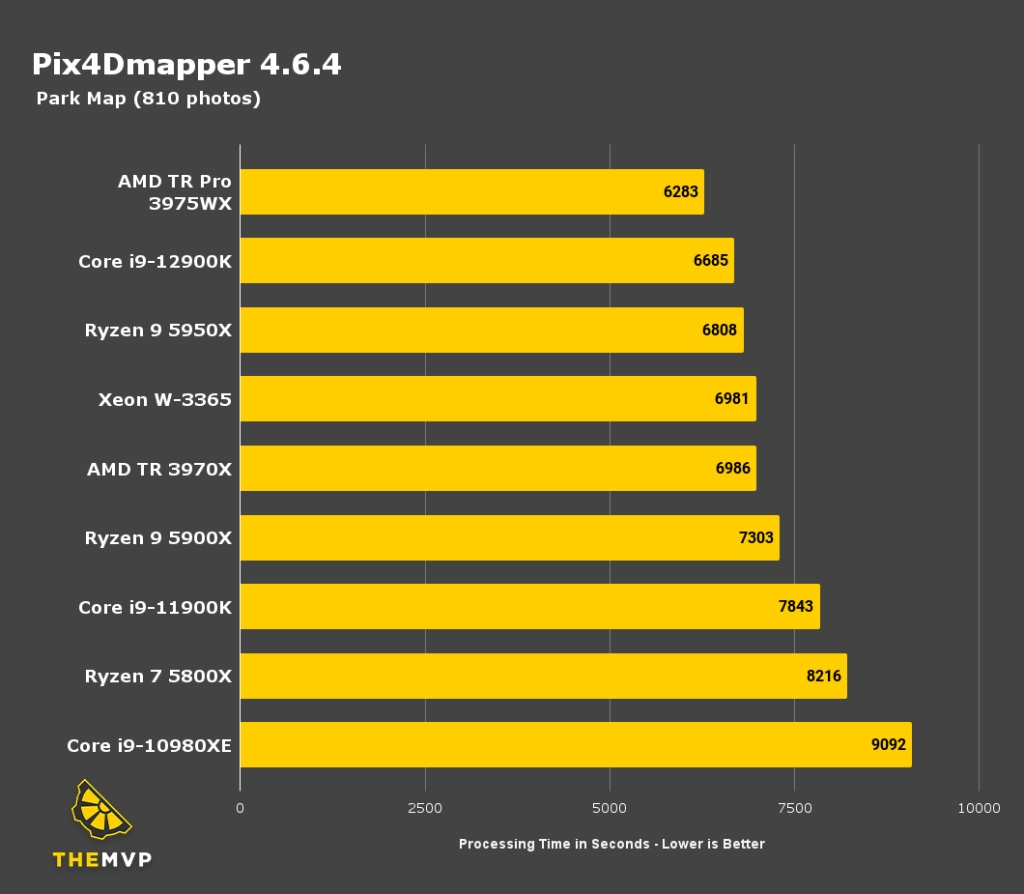
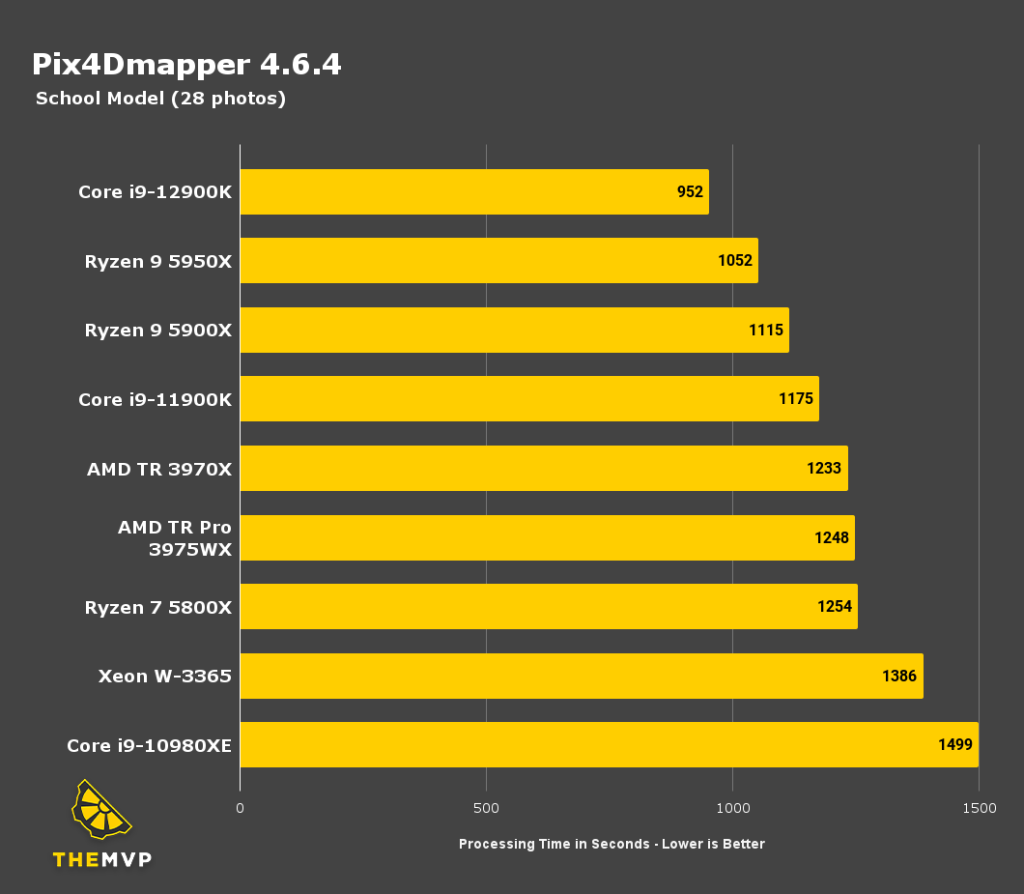
Pix4D GPU Recommendations
Pix4D incorporates the use of GPUs, or video cards, to enhance the speed of certain calculations in the processing. The majority of processing is performed by the CPU.
In order to use the GPU acceleration feature, the video card must be NVIDIA-made and have CUDA compatibility. Only one GPU can be utilized during a single session, thus a mid to high-end NVIDIA GPU will suffice.
In terms of particular models, recent GeForce GTX or RTX video cards from NVIDIA have shown to perform optimally in Pix4D, with only minor differences
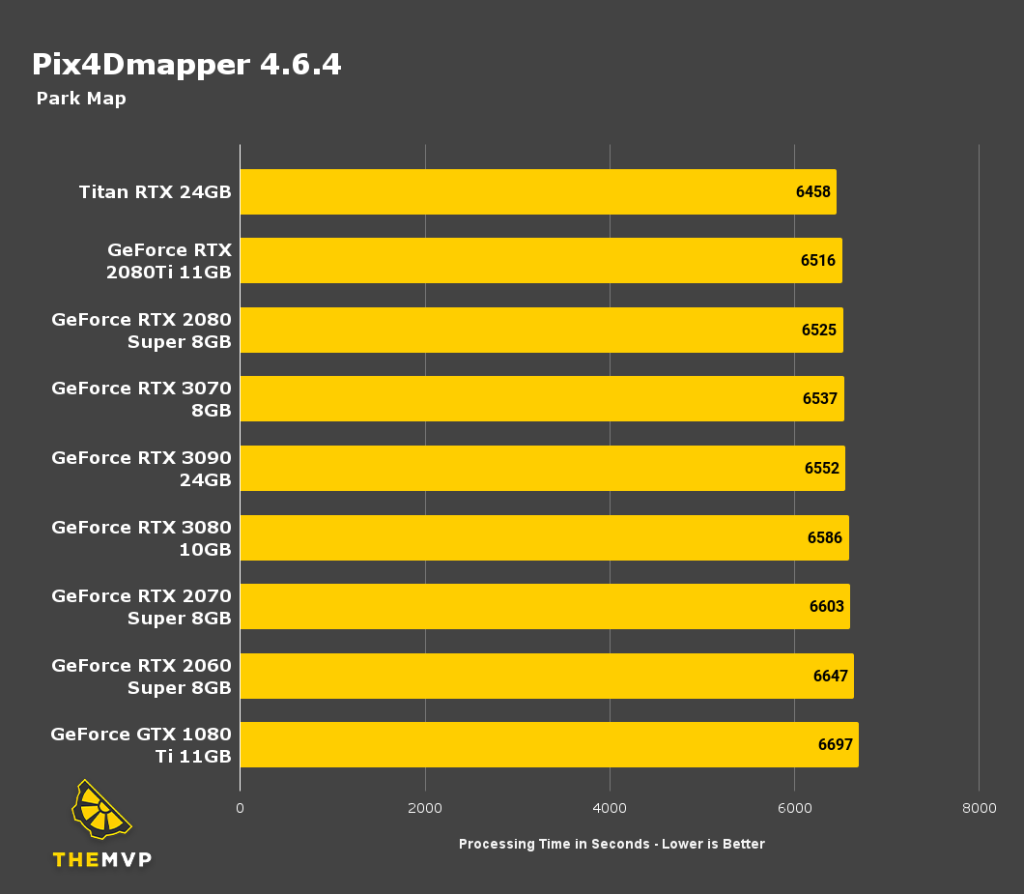
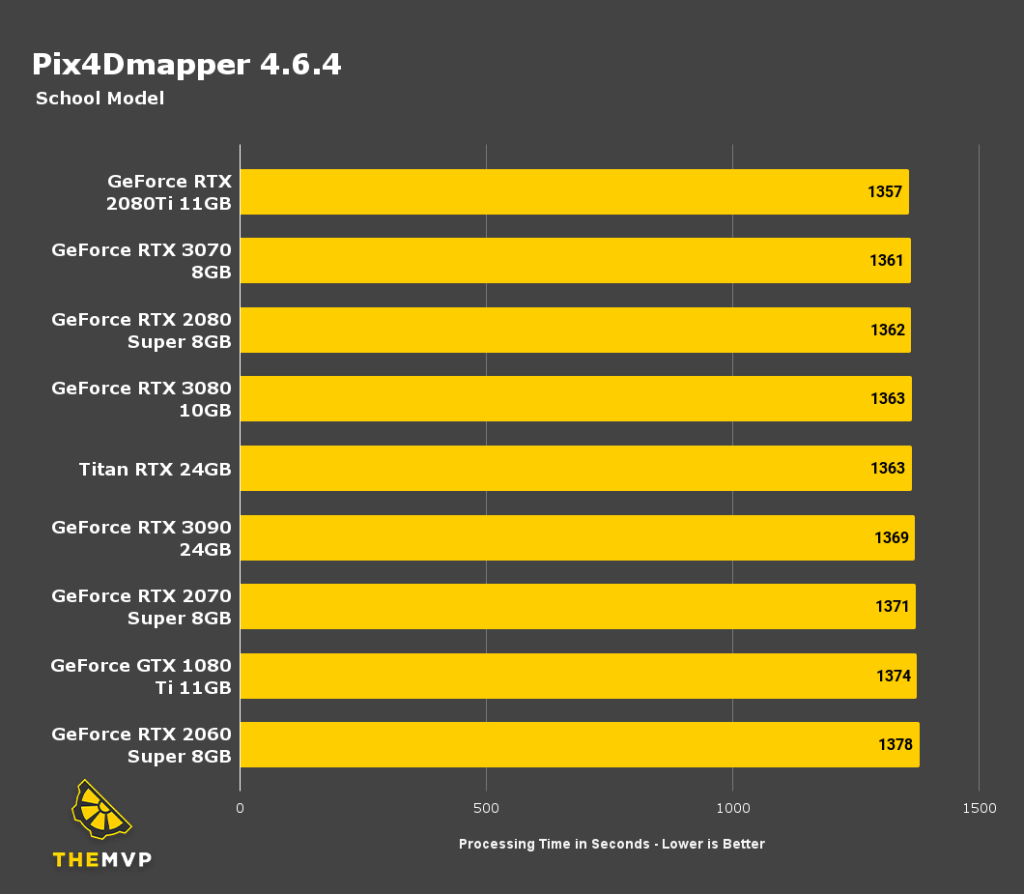
RAM Requirement for Pix4D
The amount of RAM required by Pix4D depends on several factors such as the number of images, image size, and quality settings. You can monitor memory usage during processing by using the Task Manager or by searching through the processing log file. It is advisable to choose more RAM than needed to avoid performance issues in the future.
Storage Solution for Pix4D
For the primary drive, solid-state drives (SSDs) are highly recommended for their speed and affordability. In particular, NVMe SSDs with M.2 connections offer the fastest transfer rates and are recommended for the best processing speed.
A secondary drive for storing active projects can also help to reduce load times and improve performance.
For data storage and backup, traditional hard drives or external drive arrays are more cost-effective options. Network-attached storage (NAS) systems can provide a shared storage solution with some level of data redundancy.
Check out our catalogue of optimised Pix4D builds here.
We build and ship Custom PCs across India with upto 3 years of Doorstep Warranty & Lifetime Technical Support. We have 3 stores in Hyderabad, Gurgaon & Bangalore. Feel free to visit them or contact us through a call for consultation.

